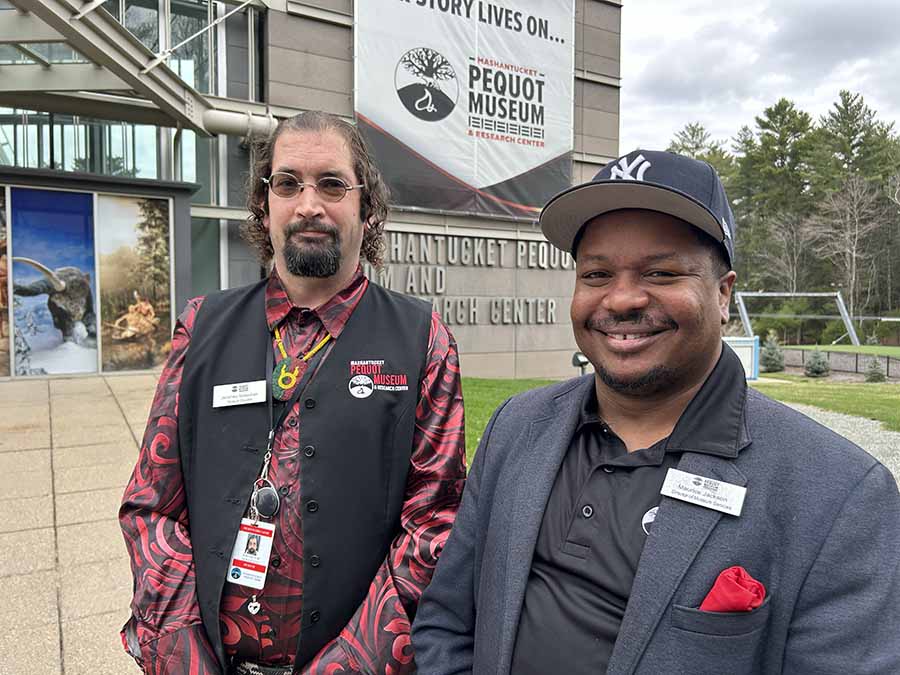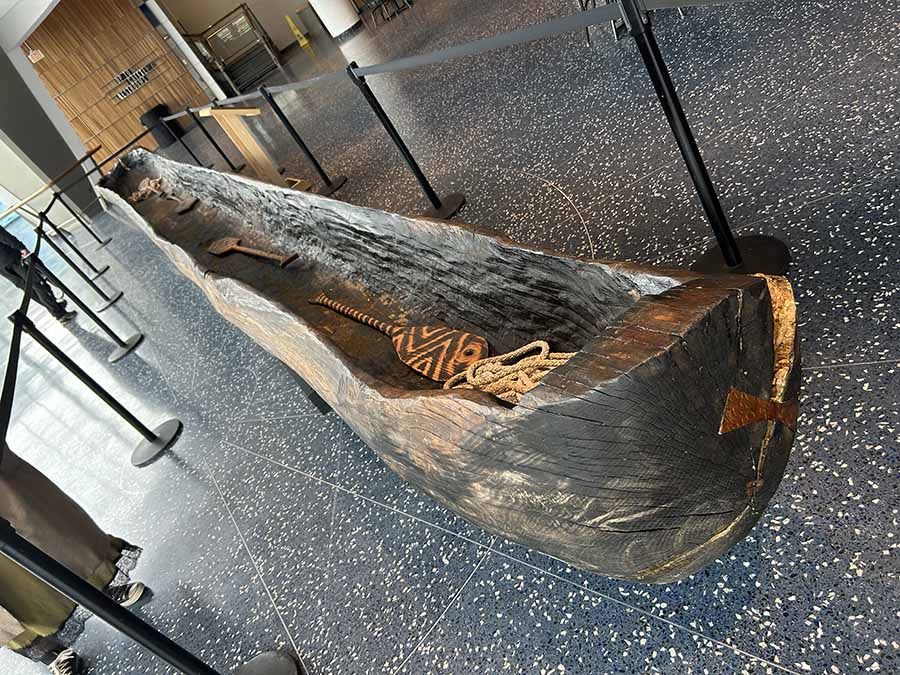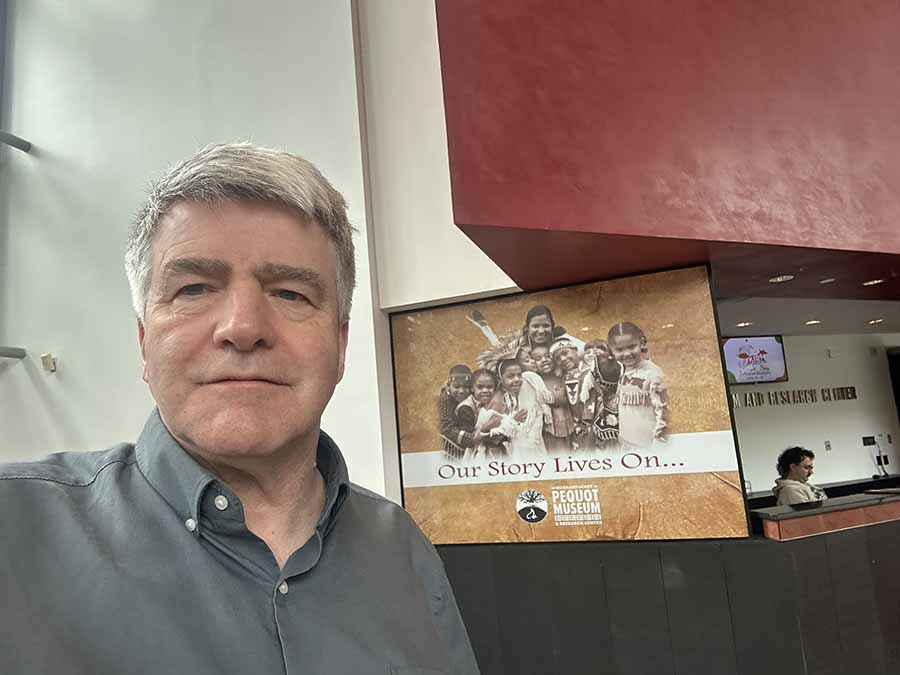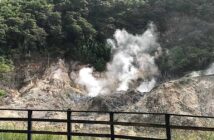
The Mashantucket Pequot Museum & Research Center, located at 110 Pequot Trail in Mashantucket, Connecticut, is the world’s largest Native American museum, offering an immersive exploration of the Mashantucket Pequot Tribal Nation’s history, culture, and the broader Native American experience in the Northeast. Housed in a 308,000-square-foot, Smithsonian-affiliated facility, the museum blends cutting-edge exhibits, life-size dioramas, and interactive technology to bring 18,000 years of history to life.
Opened in 1998 and funded largely by Foxwoods Resort Casino revenues, the museum is tribally owned and operated, serving as a cultural and educational hub. It aims to decolonize narratives, honor Pequot ancestors, and foster understanding of Native American histories, with a focus on the Mashantucket Pequot’s resilience and contemporary revival. Its mission emphasizes trust, relationships, balance, and decolonisation, making it a vital resource for Native and natural history in southeastern Connecticut.
A visit to the Mashantucket Pequot Museum promises a profound journey through Native American history, from Ice Age origins to modern tribal resurgence, with the Pequot Village and The Witness film as unmissable highlights. Its immersive exhibits, family-friendly activities, and recent renovations ensure a memorable experience, though visitors should be mindful of historical debates and plan for ample time.
For more details, check www.pequotmuseum.org or call 800-411-9671.
The museum’s life-size dioramas, interactive touchscreens, and films create a multi-sensory experience. Visitors often describe feeling “transported” through time, with the Pequot Village and glacial crevasse as standout features. Audio guides keep kids and adults engaged. Online reviews note that even 2-year-olds staying captivated.
Recent renovations include resurfaced flooring, a restored Tribal seal, elevator and kitchen repairs, and an enhanced observation tower roof, improving the visitor experience. The main entrance is temporarily relocated to the Group Entrance due to ongoing work.
The museum has been lauded for its Smithsonian-quality dioramas, architectural beauty, and authentic storytelling, earning AAA Gem and NAACP Freedom Fund awards. Its focus on Pequot resilience and decolonization offers a vital counter-narrative to Eurocentric histories. Reviewers call it “rivaling anything in the nation” and a “must-see” for its scale and impact.
The architecturally stunning glass-and-steel complex, designed by Ennead Architects, blends with the surrounding cedar forest and features a circular Gathering Space inspired by the 1637 Mystic Fort. The building includes two floors of public exhibits (85,000 square feet), a 320-seat auditorium, classrooms, a museum shop, a café, and a research center with archives and laboratories. A 185-foot observation tower offers panoramic views of the reservation and Foxwoods.
The high-tech museum is fully accessible, with infrared systems for the visually impaired, closed captioning, replica artifacts for hands-on exploration, and ample free parking (including handicapped spots).
The museum is situated in an ancient cedar forest near Foxwoods Resort Casino, about a 2-hour drive from Greenwich, CT, or 1 hour 50 minutes from New York City via I-95. A shuttle service connects to Foxwoods hotels.
Exhibits are organised chronologically, guiding visitors from the Ice Age to the present through immersive, multi-sensory displays. Expect to spend 3–4 hours to fully explore, as the depth of content often exceeds initial expectations.

- Glacial Crevasse: Begin your journey descending an escalator through a simulated glacier with dripping water, chilling air, and creaking ice sounds, evoking 11,000 years ago when glaciers receded. This sets the stage for early human habitation in New England.
- Caribou Hunt Diorama: Witness a dramatic life-size diorama of a prehistoric hunt, complete with dire wolves, mastodons, and giant beavers. While visually stunning, some critics note that Pequot presence in eastern Connecticut post-glacier is debated, and elements may draw from broader regional tribes.
- Seasonal Dioramas: Four dioramas depict Native life 6,000 years ago across seasons, showing adaptations to the changing environment.
- The half-acre, recreated 16th-Century Pequot village is a must-see, frozen in time to depict daily life pre- and post-European contact. Life-cast figures, crafted from Native American models, engage in cooking, weaving, fishing, and planting corn among wigwams. Authentic aromas of campfires and woodlands enhance the experience.
- Audio Guides: Visitors use a phone-like device to access detailed narrations by exhibit number, making the self-guided tour engaging for all ages. Kids especially enjoy this interactive format over traditional placards.
- Craftsmanship: Traditional clothing, ornamentations, and wigwams were made by Native craftspeople, ensuring authenticity. Adjacent galleries on Pequot Society and Daily Life explore social organization, language, and artifacts.
- Pequot War (1636–1637): A 30-minute, 70mm film in the auditorium dramatizes the Pequot War, a pivotal conflict where English settlers and allies attacked the Mystic Fort, killing approximately 600 Pequots, including women and children. The film, deemed one of the “10 events that changed America” by The History Channel, includes violent scenes and is recommended for ages 12+.
- Clash of Cultures Exhibit: Learn about the war’s context, including the 1637 massacre, through artifacts and narratives that highlight the Pequot perspective, offering a counterpoint to colonial accounts.
- 18th-Century Farmstead: An outdoor, two-acre exhibit features a vegetable garden, herb garden, orchard, and wild plants, showing how Pequots sourced food and materials. A recreated 1940s home of tribal member “Aunt Matt” and a 1970s community display trace reservation life.
- Bringing the People Home: A film details the tribe’s struggle and revival, culminating in federal recognition in 1983.
- Elizabeth George Plouffe: A short film highlights “Iron Woman,” a key figure in preserving Pequot land and culture, tucked in a hidden corner of the museum.
- Tribal Portrait Gallery: Black-and-white photographs showcase modern Pequots, emphasizing their economic success via Foxwoods and contributions to Connecticut ($4.5bn in slot revenue since 1993).
- Creation Stories: Nine Native American artists present contemporary artworks depicting tribal creation stories, complemented by a mini-theater with storytellers in Native languages.
- Temporary Exhibits include Kunâhneepamuhshâtunônak “Our Moons”: This exhibit (active as of 2024) features Pequot and Sister Nation artists, illustrating Indigenous relationships and lunar cycles’ cultural significance through art.
- Wampum Beads: A video and display highlight the intricate craftsmanship of wampum, used as currency and jewelry, showcasing Pequot skill.
- A 185-foot stone-and-glass observation tower offers sweeping views of the reservation, Foxwoods, and southeastern Connecticut. Recently renovated, it’s a highlight when open (occasionally closed for repairs).
- Pequot Café: Reopened in 2023, the café offers grab-and-go options like sandwiches, soups, salads, and desserts, reflecting traditional eastern woodland foodways and New England flavors. Located in the Gathering Space (Level 3, Wed–Sat, 11:00 AM–3:30 PM), it overlooks the cedar forest. Note: Some sources incorrectly state it serves traditional Native fare; the current menu is more contemporary.
- Museum Shop: A pop-up shop in the Gathering Space (Wed–Sat, 10:00 AM–5:00 PM) sells authentic Native American crafts, including Pendleton blankets, birch baskets, jewelry, pottery, and maple syrup, all by certified artists.
- Check the museum’s Event Calendar for storytelling, lectures, and performances.
- Research Center: While not publicly accessible, it houses archives, a 150,000-volume library, and labs for archaeology and conservation, supporting scholarly work on Native cultures.
- Nearby Attractions: Pair your visit with Foxwoods Resort Casino, Mystic Seaport, or the Pequot Trail for a full day in Ledyard.
Allow 3–4 hours to explore fully. Call 800-411-9671 or visit www.pequotmuseum.org for event schedules and tower status.

DNE 2025 in Rhode Island: the Fam trip
Links: Discover New England tourism forum – DNE media panel discussion –
Hartford, Connecticut – Madison, Connecticut – Mystic Seaport Museum – Mystic, Connecticut – New Bedford, Massachusetts – New Haven Connecticut – Newport, Rhode Island – South Eastern Massachusetts – Westerly, Rhode Island
Boston city – Afternoon tea in Boston library – Boston Museum of Fine Art – China Pearl, in Boston’s Chinatown – Isabella Stewart Gardner Museum – View Boston panoramic tower




